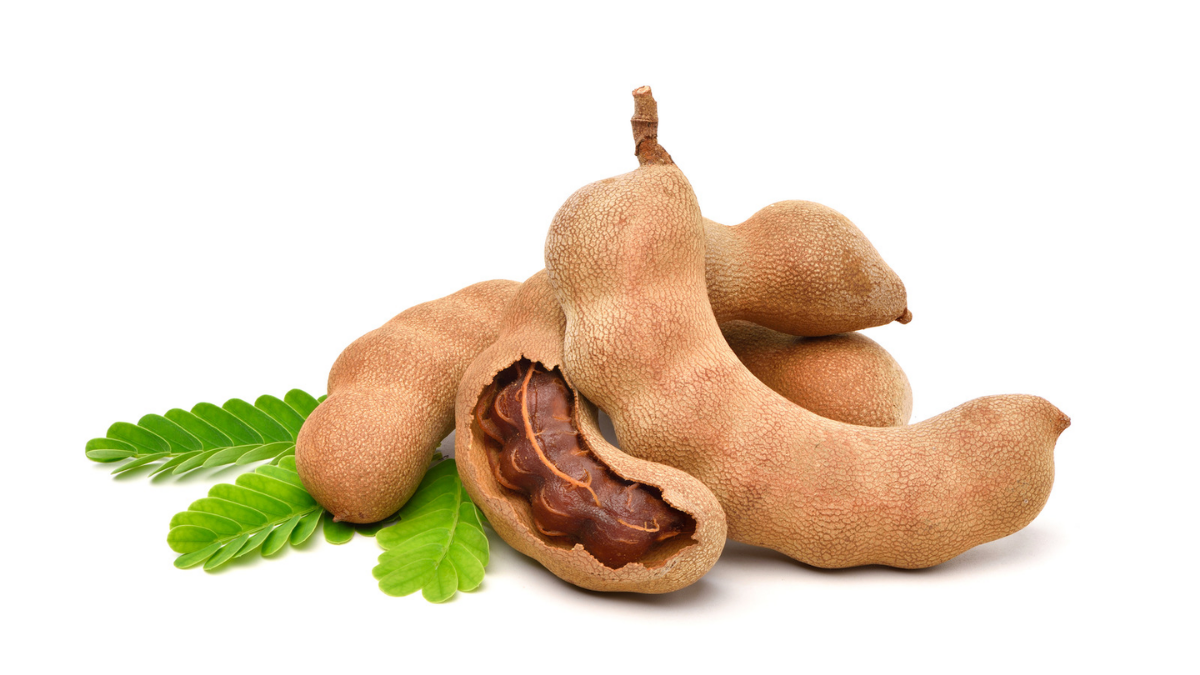Tamarind Nutrition Facts
The tamarind tree is renowned for its beauty and fruit in many world regions. Tamarind trees are classified as leguminous because their fruit is shaped like a bean pod. The acidic pulp of this bean becomes incredibly sweet as it ripens. The fruit is eaten fresh, and the pulp is used in cooking.
The tamarind tree’s leaves, beans, bark, and would have a wide range of applications. Worcestershire sauce contains tamarind, used in various Asian, South and Central American, African, and Caribbean dishes.

